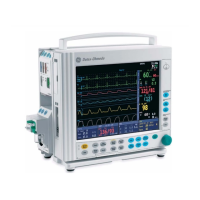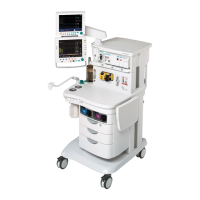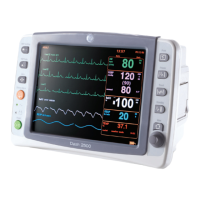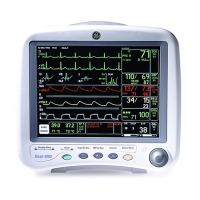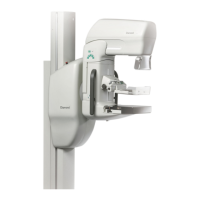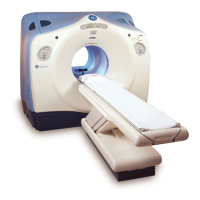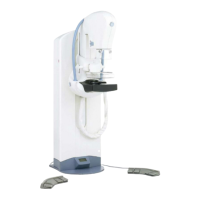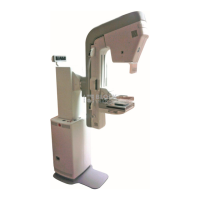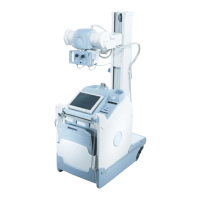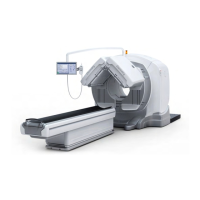Service Menu
65
Document no. M1137266-02
4.15 Entropy
Check Sensor Module measures the impedance of
sensor electrodes. Works the same way as from
Entropy menu or module key.
Module Service data is changed to the module view.
Sensor Service data is changed to the sensor view.
Service data in Module view
Measurement shows whether the Entropy
measurement is ON or OFF. Measurement should
start by itself when the sensor is attached to the
patient.
Last service shows the date of last maintenance.
Entropy refers to the respective module key. Is
highlighted when the Entropy key is pressed on the
module. (Opens the Entropy menu.)
Check Sensor is highlighted when the Check Sensor
key is pressed on the module. Activates the sensor
check.
Mains shows the currently used mains frequency, 50 or 60 Hz:
BSR Status shows Burst if the module is not currently detecting suppressed EEG. Shows
Suppression if the module is detecting suppressed EEG periods.
Artefact shows Off, if there is no high-frequency noise present, On if the module detects noise.
Diathermy shows On, if the module is detecting diathermy (i.e., electrocautery).
AD clipped shows On, if the signal is getting clipped at the A/D converter.
Alg. ver. (Mon) shows the monitor algorithm version number.
Alg. ver. (Mod) shows the module algorithm version number.
Alg. ver. used shows the currently used algorithm version.
Timeouts is a cumulative number that indicates how many times the module has not responded
to the monitor’s inquiry.
Mod Mon Bad Checksum is a cumulative number that indicates how many times there has been
an error in the message from the module to the monitor.
Mon Mod Bad Checksum is a cumulative number that indicates how many times there has been
an error in the message from the monitor to the module.
RAM indicates the state of the RAM memory.
ROM indicates whether the checksum at the EPROM is in accordance with the one the software
has calculated.
EEPROM indicates if the values stored in the permanent memory are valid. The states in memory
checks are OK, Fail or ? (module not in place or a communication error).
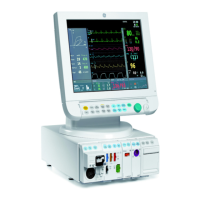
